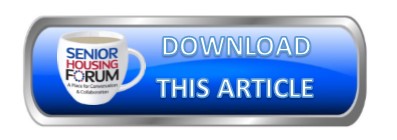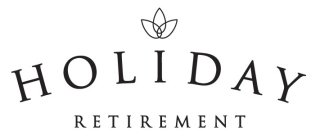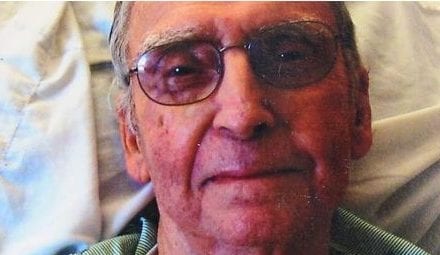Nobody can afford to get blindsided in this market.
By Susan Saldibar
Do you currently provide or plan to provide home health services? Do you work with an HH service provider?
If your answer is “yes” to either question, you’ve probably been reading a lot about PDGM (Patient Driven Groupings Model). If not, you should be! Because if you do any business with any home health services at all you need to know what it is and mark your calendars for January 1, 2020. That’s when it goes into effect.
If you’re already familiar with PDPM (Patient Driven Payment Model) then you have a working understanding of how CMS has changed the reimbursement model for Medicare payments. Following is a short rundown of what PDGM is all about, thanks to information from an extensive library of resources available from the folks at Aegis Therapies (a Senior Housing Forum partner). Here goes.
What is PDGM?
In a nutshell, PDGM is the new Medicare payment rule for home health agencies. What that means is that, much like PDPM, volume of care is being replaced by “value” of care. So, the quantity of therapy visits will no longer be considered in determining reimbursement to the agency providing the therapy. PDGM, instead, identifies and adjusts five different case-mix components for varied needs and characteristics of a patient’s care. Additionally, CMS is changing the payment structure from a 60-day episode payment model to a 30-day payment period.
Here are the case-mix components:
-
Admission source (community or institutional). This will depend on what healthcare setting was utilized in the 14 days prior to home health.
-
Episode timing (early or late). Each 30-day payment period will be classified as early or late depending on when they occur within a sequence of 30-day periods. The first 30-day period during care is classified as early. All subsequent 30-day payment periods are classified as late.
-
Clinical grouping (12 groups/subgroups). These are musculoskeletal rehab, neuro/stroke rehab, wounds/post-op aftercare and skin/non-surgical wound care, complex nursing interventions, behavioral health care (includes substance abuse/disorders), and the 7 subgroups of MMTA (medications management, teaching, and assessment).
-
Functional level (low, medium, high). This will be assigned based upon responses to certain functional OASIS items.
-
Comorbidity adjustment (none, low, high). This takes into consideration the presence of secondary diagnosis codes as per the following categories: Heart disease, cerebral vascular disease, gastrointestinal disease, endocrine disease, neoplasms, and behavioral health. (Note that each of these has multiple subcategories.)
You can read more about each of the above case-mix components, along with subgroups and subcategories in the Aegis PDGM Primer.
Collaboration is Key
Aegis suggests that more collaboration will be beneficial with your therapy providers under PDGM. Those home health providers who will succeed, according to Aegis, will be doing the following:
-
Align care pathways with agency assessments of patient characteristics. That will ensure that all needs are met, not just therapy issues alone.
-
Consider the use of care “extenders” if/when appropriate to accomplish value-based care more economically for both nursing and therapy services.
-
Ensure that therapy providers support appropriate patient admission to therapy for needed care.
-
Find ways of collaborating with providers to ensure accurate functional scoring and alignment on admission score submission.
The folks at Aegis have been staying ahead of the CMS/Medicare curve and are continuing to bring a solid bench of resources to skilled nursing and home health providers. It’s also important for any senior living community working with home health agencies to understand all this. Nobody can afford to get blindsided in this market, especially given the ongoing care model changes.
When you get a moment, you should check out the Aegis Resource Center. There is literally everything you need to know about PDGM and PDPM as well as webinars, podcasts, and plenty of checklists.
For more information on Aegis Therapies, please visit their website.
Download a PDF copy of this article by clicking the button below:









